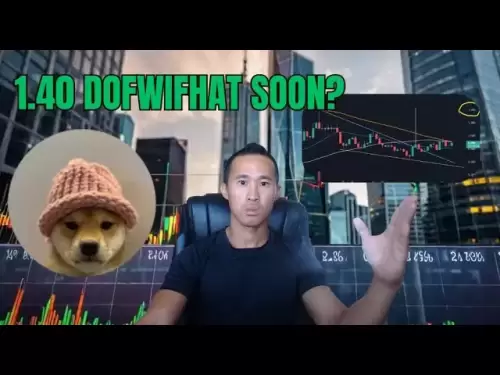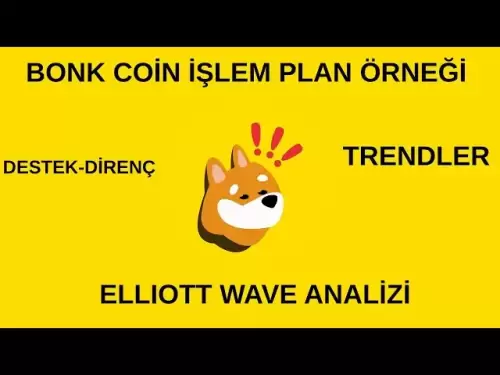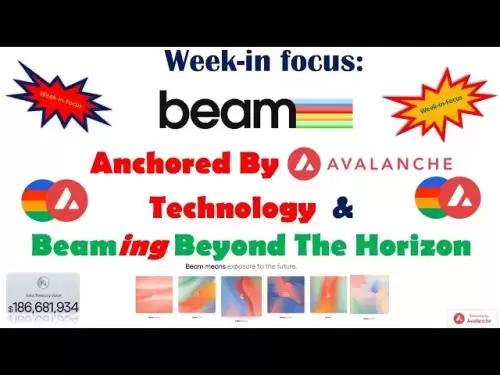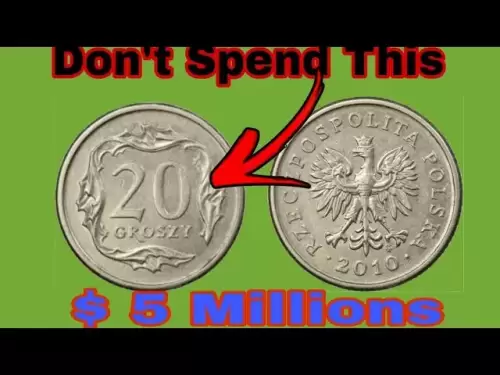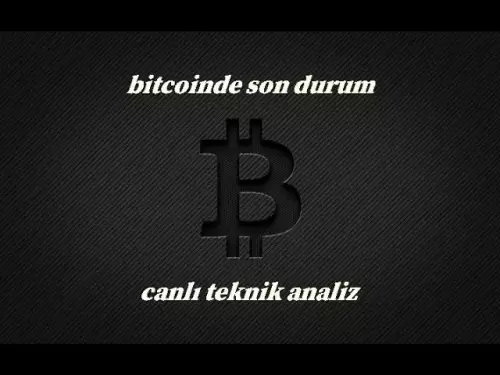-
 Bitcoin
Bitcoin $108,562.4295
0.46% -
 Ethereum
Ethereum $2,533.9553
1.52% -
 Tether USDt
Tether USDt $1.0002
-0.01% -
 XRP
XRP $2.2542
2.23% -
 BNB
BNB $662.4567
1.48% -
 Solana
Solana $151.4114
3.48% -
 USDC
USDC $0.9999
0.00% -
 TRON
TRON $0.2860
0.91% -
 Dogecoin
Dogecoin $0.1685
3.72% -
 Cardano
Cardano $0.5809
1.63% -
 Hyperliquid
Hyperliquid $39.2916
1.85% -
 Sui
Sui $2.8874
0.85% -
 Bitcoin Cash
Bitcoin Cash $496.5801
2.72% -
 Chainlink
Chainlink $13.3582
2.48% -
 UNUS SED LEO
UNUS SED LEO $9.0279
0.07% -
 Avalanche
Avalanche $18.0773
2.30% -
 Stellar
Stellar $0.2426
3.05% -
 Toncoin
Toncoin $2.9086
6.01% -
 Shiba Inu
Shiba Inu $0.0...01170
2.97% -
 Hedera
Hedera $0.1587
3.47% -
 Litecoin
Litecoin $87.4596
1.13% -
 Monero
Monero $317.0425
0.73% -
 Polkadot
Polkadot $3.3778
1.90% -
 Dai
Dai $0.9999
-0.01% -
 Ethena USDe
Ethena USDe $1.0001
-0.01% -
 Bitget Token
Bitget Token $4.4095
0.63% -
 Uniswap
Uniswap $7.3593
6.80% -
 Pepe
Pepe $0.0...09910
3.64% -
 Aave
Aave $274.7388
2.68% -
 Pi
Pi $0.4607
0.48%
Is it necessary to reduce positions when UNI's RSI index exceeds 70?
When UNI's RSI exceeds 70, reducing positions isn't automatic; consider market trends, other indicators, and risk management before deciding.
Apr 26, 2025 at 01:07 pm

Is it necessary to reduce positions when UNI's RSI index exceeds 70?
The Relative Strength Index (RSI) is a momentum oscillator used in technical analysis to measure the speed and change of price movements of a security. When applied to cryptocurrencies like Uniswap (UNI), the RSI can be a useful tool for traders to gauge potential overbought or oversold conditions. The question of whether it is necessary to reduce positions when UNI's RSI exceeds 70 is a common one among traders and investors. This article will delve into the intricacies of the RSI, its application to UNI, and the considerations traders should keep in mind when deciding whether to reduce their positions.
Understanding the RSI and Its Significance
The RSI is typically calculated over a 14-day period and ranges from 0 to 100. Traditionally, an RSI value above 70 indicates that an asset might be overbought, suggesting that a price correction could be imminent. Conversely, an RSI below 30 suggests that an asset might be oversold, potentially indicating a buying opportunity. For UNI, the RSI can help traders identify potential turning points in the market.
When the RSI of UNI exceeds 70, it signals that the cryptocurrency may have experienced a significant upward momentum and could be due for a pullback. However, this does not necessarily mean that a trader should automatically reduce their positions. The decision to reduce positions should be based on a comprehensive analysis that includes other technical indicators, market sentiment, and the trader's risk tolerance.
The Context of UNI's Market Dynamics
UNI's market dynamics are influenced by a variety of factors, including overall market trends, developments within the DeFi ecosystem, and specific news related to Uniswap. The RSI should be considered in the context of these broader market dynamics. For instance, if the entire cryptocurrency market is experiencing a bullish trend, a high RSI for UNI might not necessarily signal an immediate need to reduce positions.
Additionally, the RSI can sometimes remain in overbought territory for extended periods during strong bullish trends. This phenomenon, known as divergence, can lead to false signals if traders rely solely on the RSI. Therefore, it is crucial to use the RSI in conjunction with other indicators such as moving averages, volume, and trend lines to make more informed trading decisions.
Risk Management and Position Sizing
Risk management is a critical aspect of trading, and the decision to reduce positions when UNI's RSI exceeds 70 should be guided by a trader's risk management strategy. Position sizing, stop-loss orders, and portfolio diversification are essential elements of a robust risk management plan.
If a trader's position in UNI constitutes a significant portion of their portfolio, and the RSI indicates overbought conditions, it may be prudent to reduce the position to mitigate potential losses. However, if the trader has a well-diversified portfolio and a disciplined approach to risk management, they might choose to hold their position or even increase it if other indicators suggest continued upward momentum.
Using Additional Technical Indicators
While the RSI is a valuable tool, it is not infallible. Additional technical indicators can provide a more comprehensive view of UNI's price action. Some commonly used indicators that can complement the RSI include:
- Moving Averages: Simple Moving Averages (SMA) and Exponential Moving Averages (EMA) can help traders identify trends and potential reversals.
- MACD (Moving Average Convergence Divergence): This indicator can help confirm momentum and potential trend changes.
- Bollinger Bands: These can indicate volatility and potential overbought or oversold conditions.
By combining the RSI with these additional indicators, traders can gain a more nuanced understanding of UNI's market conditions and make more informed decisions about whether to reduce their positions.
Market Sentiment and News Impact
Market sentiment and news can have a significant impact on UNI's price movements. Positive developments within the DeFi space, such as new partnerships or upgrades to the Uniswap protocol, can drive bullish sentiment and cause the RSI to remain high for extended periods.
Conversely, negative news or regulatory concerns can lead to rapid sell-offs, causing the RSI to drop quickly from overbought levels. Traders should stay informed about relevant news and sentiment indicators, such as social media sentiment analysis and news aggregators, to better understand the broader context in which UNI's RSI is operating.
Case Studies and Historical Data
Examining case studies and historical data can provide valuable insights into how UNI has reacted to RSI levels in the past. For instance, analyzing previous instances where UNI's RSI exceeded 70 can help traders understand the typical outcomes and the effectiveness of reducing positions in those scenarios.
By reviewing historical data, traders can identify patterns and potential correlations between RSI levels and price movements. This analysis can inform their decision-making process and help them develop a more data-driven approach to managing their UNI positions.
Frequently Asked Questions
Q: Can the RSI be used as the sole indicator for trading UNI?
A: While the RSI is a powerful tool, it should not be used in isolation. Traders should combine the RSI with other technical indicators, market sentiment analysis, and risk management strategies to make well-rounded trading decisions.
Q: How often should I check the RSI for UNI?
A: The frequency of checking the RSI depends on a trader's strategy and time horizon. For short-term traders, checking the RSI daily or even intraday might be necessary, while long-term investors might check it weekly or monthly.
Q: Are there any specific RSI settings that work better for UNI?
A: The standard 14-day RSI setting is widely used, but some traders experiment with different time frames, such as 7-day or 21-day RSI, to suit their trading style. There is no universally "better" setting, and it often comes down to personal preference and backtesting results.
Q: What should I do if UNI's RSI remains above 70 for an extended period?
A: If UNI's RSI remains above 70 for an extended period, it may indicate a strong bullish trend. In this case, traders might consider holding their positions or even adding to them if other indicators confirm the trend. However, maintaining strict risk management practices is essential to protect against potential downturns.
Disclaimer:info@kdj.com
The information provided is not trading advice. kdj.com does not assume any responsibility for any investments made based on the information provided in this article. Cryptocurrencies are highly volatile and it is highly recommended that you invest with caution after thorough research!
If you believe that the content used on this website infringes your copyright, please contact us immediately (info@kdj.com) and we will delete it promptly.
- BNB, Binance, and CZ: What's the Buzz?
- 2025-07-07 06:50:12
- Hedera Hashgraph: ETF Buzz and Bullish Charts – HBAR to the Moon?
- 2025-07-07 06:30:12
- BlockDAG, Pi Network, and SUI Stable: Navigating the Crypto Landscape in '25
- 2025-07-07 07:10:13
- SYRUP Token's Sweet Ascent: TVL Surges and DeFi Growth on Maple Finance
- 2025-07-07 07:15:13
- Bitcoin, Listed Companies, and ETFs: A New York Minute on Crypto Trends
- 2025-07-07 06:30:12
- Toncoin's UAE Rollercoaster: Golden Visas, Price Drops, and What's Next
- 2025-07-07 06:35:13
Related knowledge
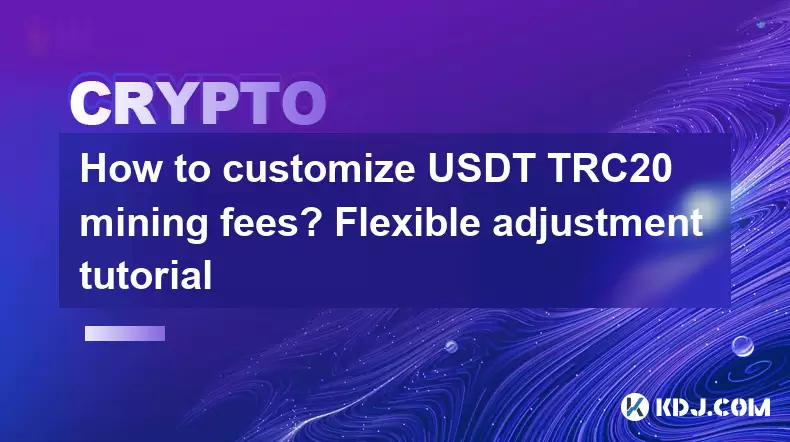
How to customize USDT TRC20 mining fees? Flexible adjustment tutorial
Jun 13,2025 at 01:42am
Understanding USDT TRC20 Mining FeesMining fees on the TRON (TRC20) network are essential for processing transactions. Unlike Bitcoin or Ethereum, where miners directly validate transactions, TRON uses a delegated proof-of-stake (DPoS) mechanism. However, users still need to pay bandwidth and energy fees, which are collectively referred to as 'mining fe...
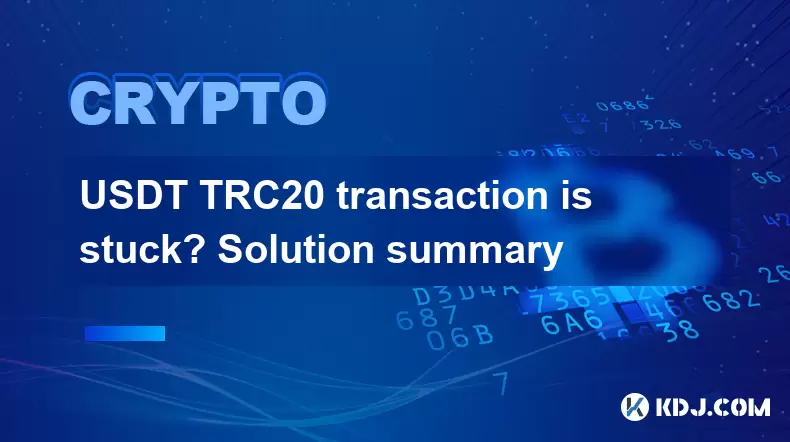
USDT TRC20 transaction is stuck? Solution summary
Jun 14,2025 at 11:15pm
Understanding USDT TRC20 TransactionsWhen users mention that a USDT TRC20 transaction is stuck, they typically refer to a situation where the transfer of Tether (USDT) on the TRON blockchain has not been confirmed for an extended period. This issue may arise due to various reasons such as network congestion, insufficient transaction fees, or wallet-rela...
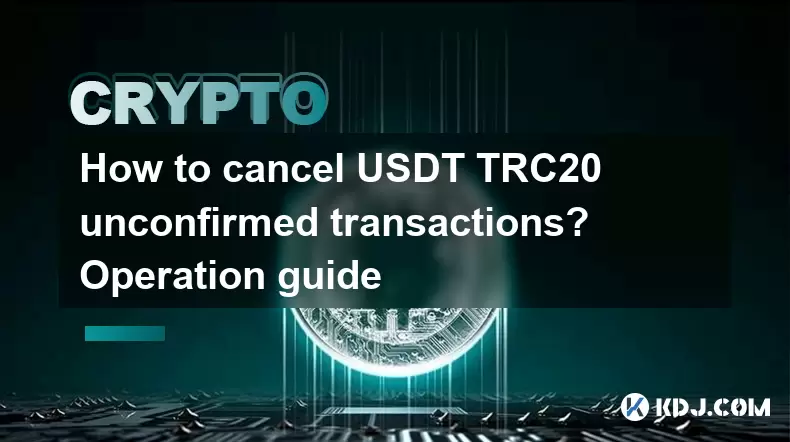
How to cancel USDT TRC20 unconfirmed transactions? Operation guide
Jun 13,2025 at 11:01pm
Understanding USDT TRC20 Unconfirmed TransactionsWhen dealing with USDT TRC20 transactions, it’s crucial to understand what an unconfirmed transaction means. An unconfirmed transaction is one that has been broadcasted to the blockchain network but hasn’t yet been included in a block. This typically occurs due to low transaction fees or network congestio...
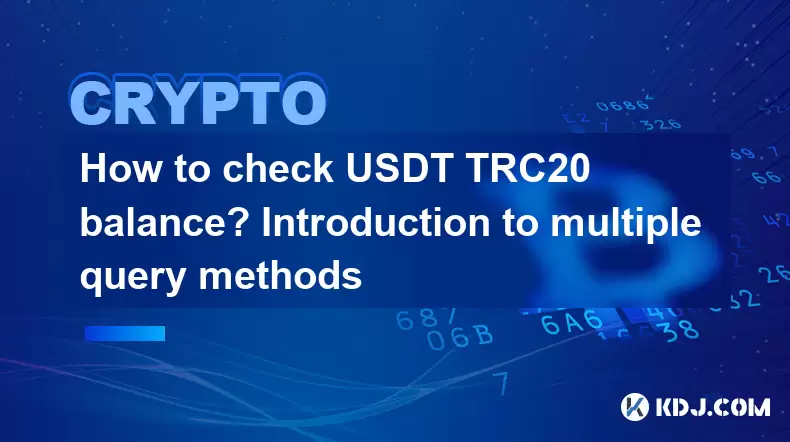
How to check USDT TRC20 balance? Introduction to multiple query methods
Jun 21,2025 at 02:42am
Understanding USDT TRC20 and Its ImportanceUSDT (Tether) is one of the most widely used stablecoins in the cryptocurrency market. It exists on multiple blockchain networks, including TRC20, which operates on the Tron (TRX) network. Checking your USDT TRC20 balance accurately is crucial for users who hold or transact with this asset. Whether you're sendi...
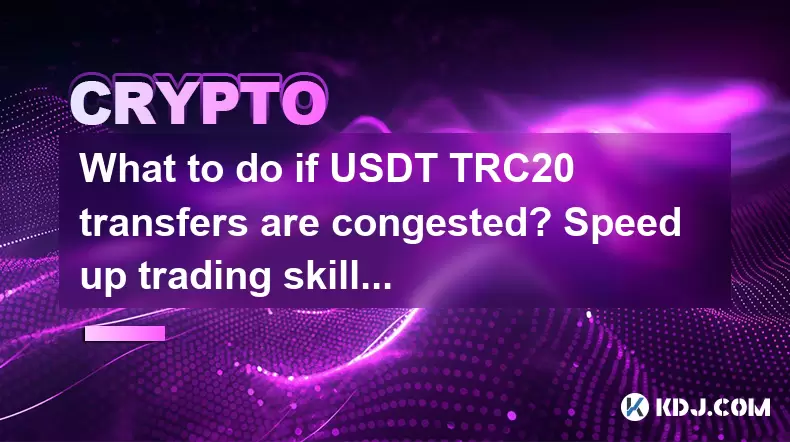
What to do if USDT TRC20 transfers are congested? Speed up trading skills
Jun 13,2025 at 09:56am
Understanding USDT TRC20 Transfer CongestionWhen transferring USDT TRC20, users may occasionally experience delays or congestion. This typically occurs due to network overload on the TRON blockchain, which hosts the TRC20 version of Tether. Unlike the ERC20 variant (which runs on Ethereum), TRC20 transactions are generally faster and cheaper, but during...
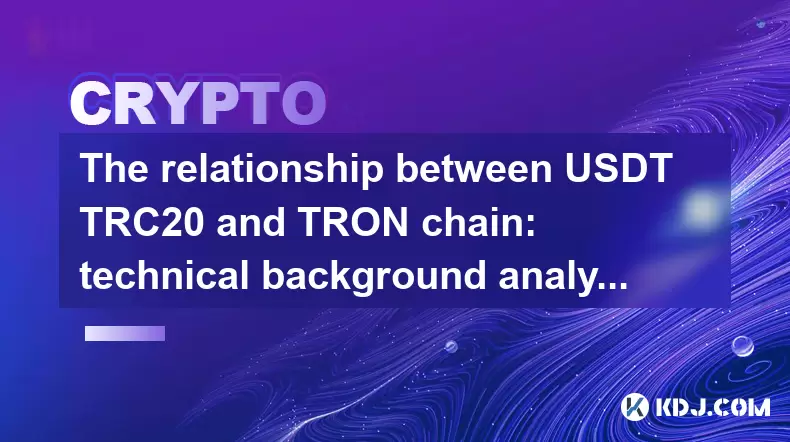
The relationship between USDT TRC20 and TRON chain: technical background analysis
Jun 12,2025 at 01:28pm
What is USDT TRC20?USDT TRC20 refers to the Tether (USDT) token issued on the TRON blockchain using the TRC-20 standard. Unlike the more commonly known ERC-20 version of USDT (which runs on Ethereum), the TRC-20 variant leverages the TRON network's infrastructure for faster and cheaper transactions. The emergence of this version came as part of Tether’s...

How to customize USDT TRC20 mining fees? Flexible adjustment tutorial
Jun 13,2025 at 01:42am
Understanding USDT TRC20 Mining FeesMining fees on the TRON (TRC20) network are essential for processing transactions. Unlike Bitcoin or Ethereum, where miners directly validate transactions, TRON uses a delegated proof-of-stake (DPoS) mechanism. However, users still need to pay bandwidth and energy fees, which are collectively referred to as 'mining fe...

USDT TRC20 transaction is stuck? Solution summary
Jun 14,2025 at 11:15pm
Understanding USDT TRC20 TransactionsWhen users mention that a USDT TRC20 transaction is stuck, they typically refer to a situation where the transfer of Tether (USDT) on the TRON blockchain has not been confirmed for an extended period. This issue may arise due to various reasons such as network congestion, insufficient transaction fees, or wallet-rela...

How to cancel USDT TRC20 unconfirmed transactions? Operation guide
Jun 13,2025 at 11:01pm
Understanding USDT TRC20 Unconfirmed TransactionsWhen dealing with USDT TRC20 transactions, it’s crucial to understand what an unconfirmed transaction means. An unconfirmed transaction is one that has been broadcasted to the blockchain network but hasn’t yet been included in a block. This typically occurs due to low transaction fees or network congestio...

How to check USDT TRC20 balance? Introduction to multiple query methods
Jun 21,2025 at 02:42am
Understanding USDT TRC20 and Its ImportanceUSDT (Tether) is one of the most widely used stablecoins in the cryptocurrency market. It exists on multiple blockchain networks, including TRC20, which operates on the Tron (TRX) network. Checking your USDT TRC20 balance accurately is crucial for users who hold or transact with this asset. Whether you're sendi...

What to do if USDT TRC20 transfers are congested? Speed up trading skills
Jun 13,2025 at 09:56am
Understanding USDT TRC20 Transfer CongestionWhen transferring USDT TRC20, users may occasionally experience delays or congestion. This typically occurs due to network overload on the TRON blockchain, which hosts the TRC20 version of Tether. Unlike the ERC20 variant (which runs on Ethereum), TRC20 transactions are generally faster and cheaper, but during...

The relationship between USDT TRC20 and TRON chain: technical background analysis
Jun 12,2025 at 01:28pm
What is USDT TRC20?USDT TRC20 refers to the Tether (USDT) token issued on the TRON blockchain using the TRC-20 standard. Unlike the more commonly known ERC-20 version of USDT (which runs on Ethereum), the TRC-20 variant leverages the TRON network's infrastructure for faster and cheaper transactions. The emergence of this version came as part of Tether’s...
See all articles





















